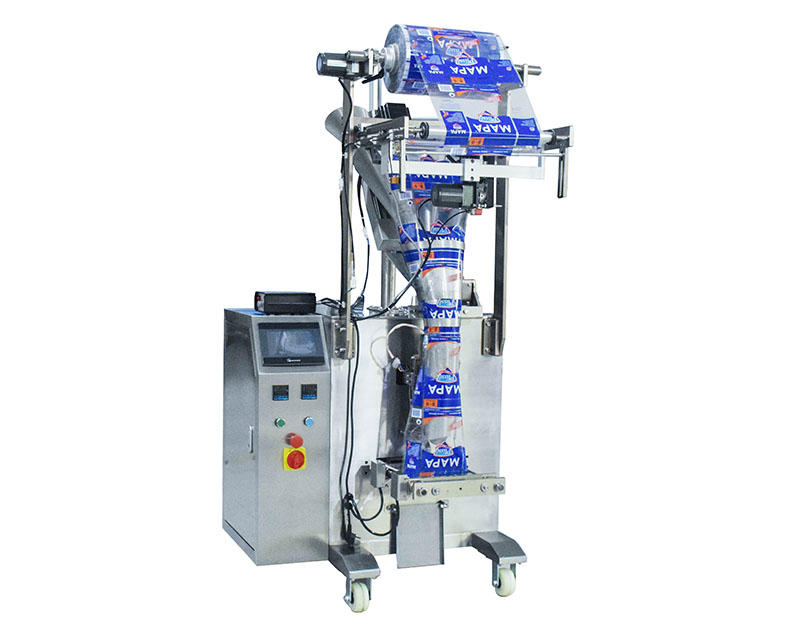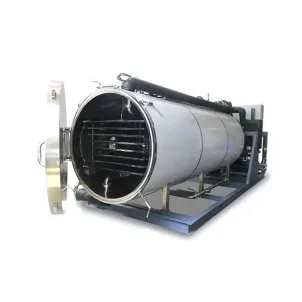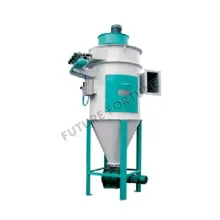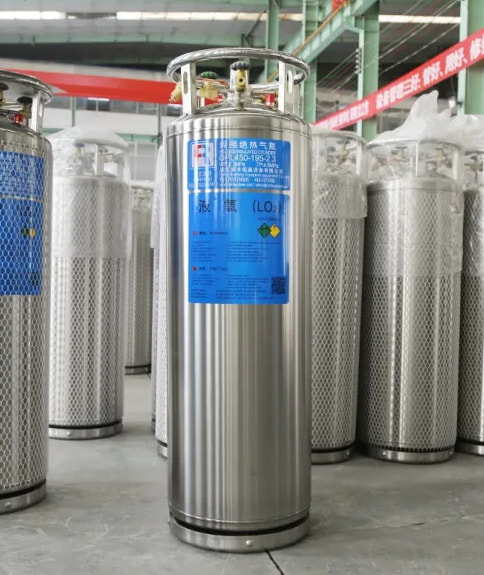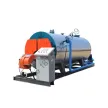What is an explosion proof electric motor?
Preventive safety requires careful selection of equipment, particularly electric motors, in dangerous oil and gas recovery, chemical and petroleum refinery and mining environments.
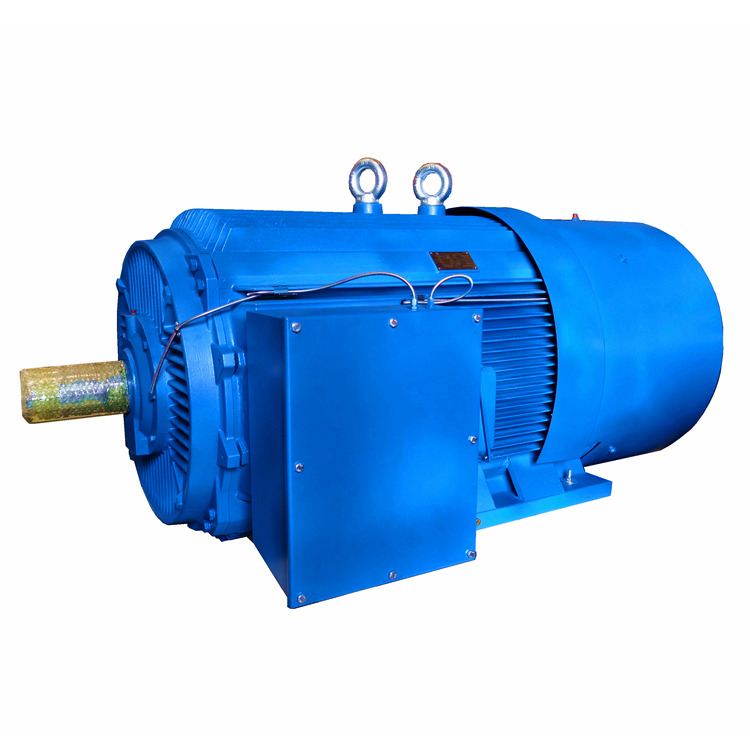
Motors can create an explosion by one of two means:
A motor surface gets so hot during operation that it ignites a vapor, gas or dust
A single arc from a motor malfunction, such as a winding insulation failure or power supply issue, ignites an ambient material
Explosion proof motors are required for industrial applications with the presence of highly combustible, pervasive materials. Explosion proof does not mean that the motor will never explode, nor that it is immune from external explosions. Rather, an explosion proof motor has features that prevent an internal motor explosion from igniting a larger, ambient, combustible atmosphere.
UL CERTIFICATION
Figure 1. An example UL Listing identification plate. Source: Worldwide Electric
Figure 1. An example UL Listing identification plate. Source: Worldwide Electric
Motors that satisfy UL explosion proof certification are clearly identifiable by a UL listing identification plate, affixed to the motor enclosure. The plate defines the class, division and group compliance of the motor.
To earn a certificate and nameplate, candidate motors must meet the testing criteria set forth by industrial standard UL — 674: Electric Motors and Generators for Use in Hazardous (Classified) Locations. Manufacturers submit the candidate motor’s expected operating specifications, such as RPM, torque, power and frequency, as well as a description of related equipment such as variable frequency drives (VFDs). UL creates a destructive test to determine motor temperature rise and ensure that the motor meets the criteria for UL certification.
UL certifies motors to different classes and divisions, suitable for specific applications and material exposure.
CLASS I, DIVISION 1
Figure 2. A Class I, Division 1, Group C and D explosion-proof motor.
Figure 2. A Class I, Division 1, Group C and D explosion-proof motor.
Class I locations have combustible concentrations of vapor or gases present. Division 1 locations presume the presence of flammable materials during normal equipment operation.
These motors operate assuming that the vapor or gas will permeate the enclosure, and therefore the primary design consideration is to prevent a single malfunction – an internal motor failure – from creating a large blast.
These motors meet the strictest explosion proof design standards:
A motor enclosure that withstands and contains an internal explosion
Additional resources:Hollow Core Slab Machine: A Game Changer in Construction?
Advantages and Applications of CNC Gang Tool Lathes
Chicken Feed Pellet Machine
What is the meaning of ISO tank container?
Universal Joint: Definition, Working Principle, Applications, Advantages, Disadvantages
Revolutionizing Metal Hardening with Ultra-High Frequency Induction Heating Machines
The Future of Electronics Manufacturing: The Soldering Robot
Flame exhaust paths that dampen flames and permit hot gases to escape the enclosure
No surface that exceeds the lowest auto-ignition temperature of the vapor, gas or dust in the anticipated environment
CLASS I, DIVISION 2
Division 2 locations contain a combustible, ambient gas or vapor only during an equipment malfunction. During normal equipment operation, the gas or vapor would not be present.
Division 2 specifications are still stringent, but less so than Division 1, as it takes two concurrent malfunctions – the motor and the gas supply – to create an explosion. Specifying a true explosion proof, Division 1 motor for Division 2 application will provide the safety required, but at the expense of over-engineering.
The primary considerations for Class I, Division 2 motors are that surface temperatures remain below the auto-ignition temperature of the vapor or gas, and motor components such as brushes or switches must be non-arcing.
CLASS I GROUPS
The materials themselves are further classified by explosive pressure and ignition temperature.
Group C: acetaldehyde, cyclopropane, diethyl ether, ethylene, isoprene
Group D: acetone, ammonia, benzene, butane, ethane, ethanol, gasoline, methane, propane, styrene
CLASS II
Class II locations contain a combustible dust, and ignition prevention is handled differently than Class I. Whereas it is nearly impossible to prevent a gas from entering a motor enclosure, it is easier to prevent ingress of solid particulate.
The prerogative for a Class II motor is to prevent combustible materials from ever contacting an ignition source. This means the motor enclosure and components must never exceed the auto-ignition temperature for the intended dust material, even if a thick, insulating layer of it accumulates.
Division 1 locations contain combustible dust under normal conditions; Division 2 locations will not contain the dust unless a fault exists.
CLASS II GROUPS
Group F: coal
Group G: corn, nylon, polyethylene, sugar, wheat, wheat flour
Unveiling Precision Engineering: The 6-Axis 8-Module CNC Gear Hobbing Machine
How Are The Chips Packing Machine Working?
What is an anodizer machine?
Efficiency Unveiled: How Vacuum CVD Systems Revolutionize Coating Applications
How much does a fiber laser cutting machine cost?
Unveiling the Secrets of PDC Drill Bits: Powering the Modern Age of Drilling
Blow Molding Machine Buying Guide




